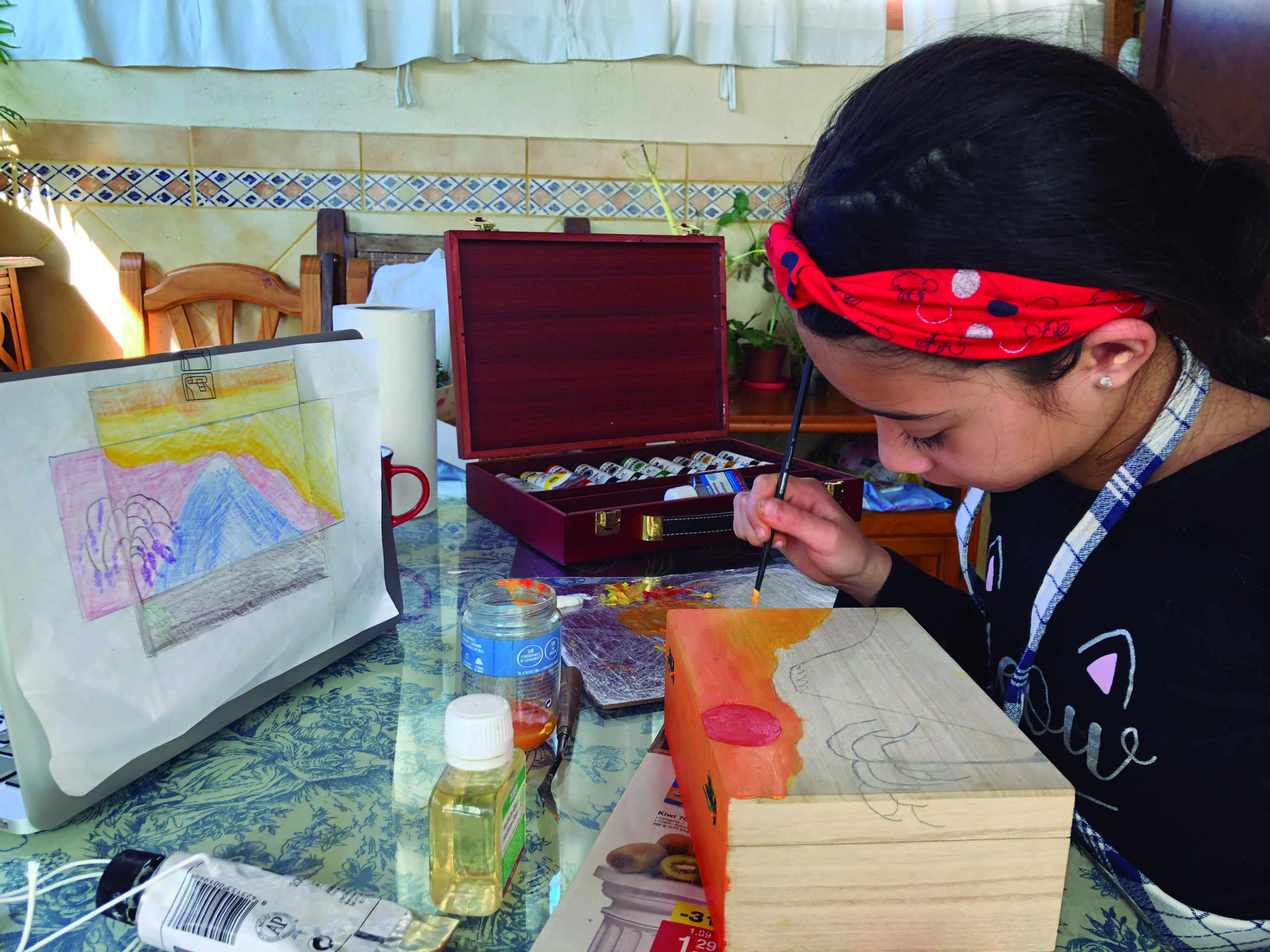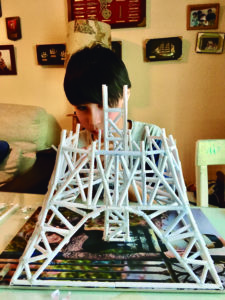


How the arts develop significant skills for academic success
and daily life.
It is a shame to see how art classes are being reduced every year, this school year ,2019-20, with no more than half an hour weekly in public education in some provinces
of Spain. The poor training of teachers in ART and the current focus on Science, Mathematics, Engineering, and Technology, prevents us from thinking about the skills that young people can develop by studying the arts.
I would like to present you with a synthesis of the
10 skills, which Lisa Phillips shares in her book “The Artistic Edge: 7 Skills Children Need to Succeed in an Increasingly Right Brain World”, where it is shown how
the arts develop significant skills for academic success
and daily life.
CREATIVITY
Thinking and acting quickly in specific situations and performing focus tasks from different perspectives will set one child apart from the rest. If children
practice thinking creatively, over time they will do so naturally.
CONFIDENCE
Skills developed through art build the self- confidence necessary to complete a project successfully. This is especially achieved by vacating the comfort zone, doing new things, making mistakes and learning from them while practicing projects.
TROUBLESHOOTING
How can I turn this piece of clay into sculpture? Artistic creations are born through problem solving; Children who participate in the arts constantly face this challenge. All this problem solving practice builds your reasoning and comprehension skills.
PERSEVERANCE
When a child picks up an instrument for the first time, he/she knows that playing a Bach composition is not possible, it takes practice. Children learn techniques and develop skills which help them
not to give up. In a competitive world like today, perseverance is the basis of success
FOCUS
Recent research has shown that participation in the arts improves children’s ability to concentrate and focus on other aspects of their lives.
NON-VERBAL COMMUNICATION
Through experiences in theatre and dance, children learn to use the mechanisms of body language; these movements communicate emotions.
CONSTRUCTIVE FEEDBACK
When receiving constructive feedback about an art project, children experience that these feedbacks are part of their learning and should not be offended or take it personally when they make mistakes.
Each discipline has set up various parameters to ensure that criticism is an invaluable experience that contributes to the success of the final product.
COLLABORATION
Through the arts, children practice collaborative work, share responsibilities and engage with others to achieve a common goal. When children take part in a play, dance production or musical orchestra, they begin to understand that their contribution is necessary for the success of the group. With these experiences, children learn to have confidence in themselves and realize that their contribution within the group is just as valuable as that of the rest of the team, even if they do not have the main role.
DEDICATION
When children are used to practicing artistic activities in which the result ranges from a final product to an interpretation, they learn to associate dedication with the feeling of achievement. During this practice they develop work habits such as striving for the success of the final product.
RESPONSIBILITY
If children practice creating something collaboratively, they know beforehand that their actions affect the end result. Through the arts children learn that it is important to admit that they have made a mistake and that they must take responsibility, since mistakes are part learning process of the arts. (G. Pérez, 2013).
In my book JAPANESE Art and CULTURE to CHILDREN. Vol. I, you will find the opportunity to practice and develop all this with children, with ART PROJECTS developed and taught at the MONTESSORI school in Japan by Sonia G Caballero. I invite you to download a small free PDF and to listen to the interview of presentation of this book, where the most important topics it contains are discussed.








